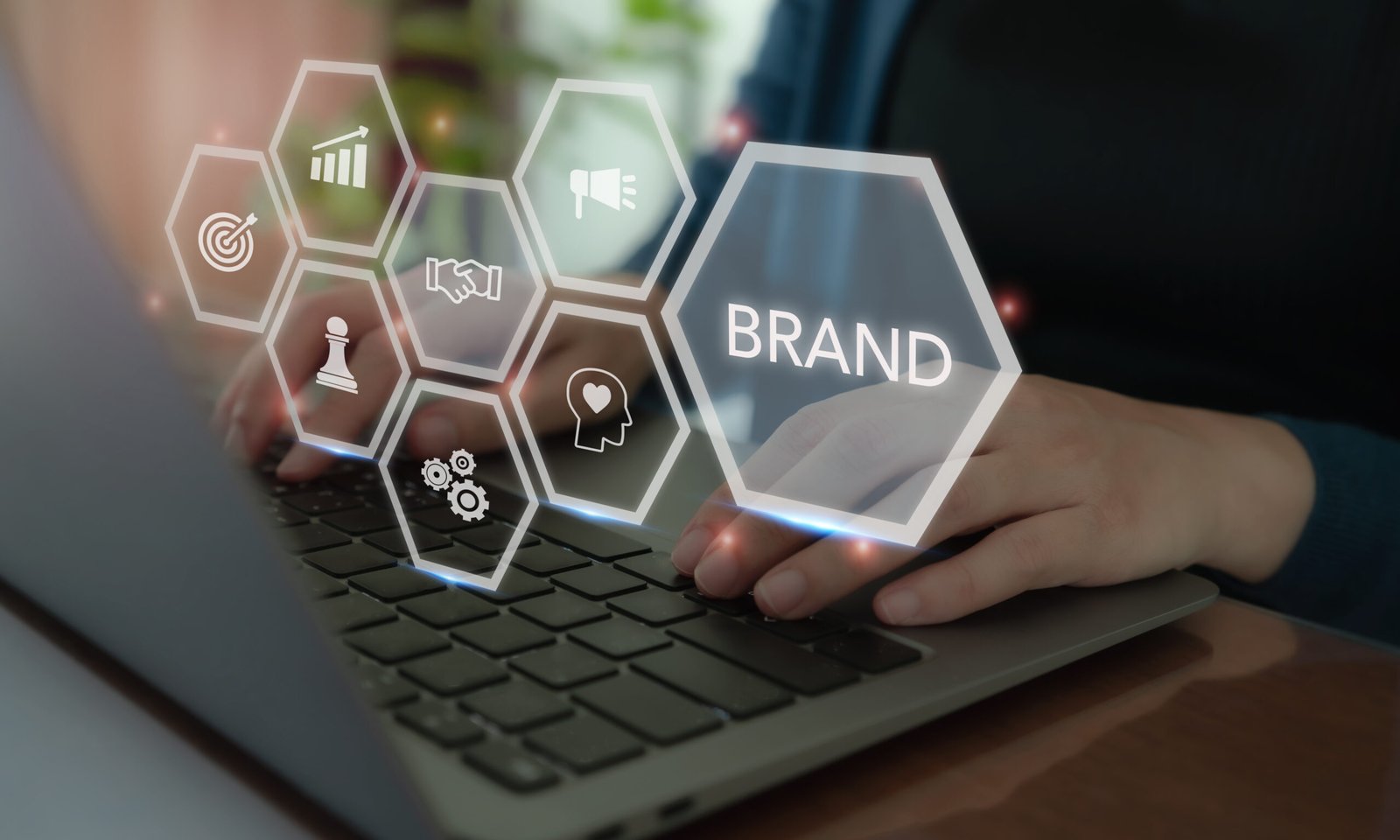Introduction: Brand Protection as a Strategic Business Driver
In today’s hyper-competitive, digitally fluid marketplace, a brand represents more than just a company’s visual identity—it is a symbol of trust, a proxy for quality, and a key differentiator in buying decisions. However, as digital commerce grows and global distribution channels expand, brands face an unprecedented level of exposure. Counterfeiting, unauthorized reselling, digital impersonation, and intellectual property theft are no longer fringe threats—they are mainstream risks affecting businesses of all sizes.
For commercial leaders, brand protection is not merely a compliance or legal function; it is a cross-functional business priority tied directly to revenue retention, customer experience, and competitive advantage.
The Business Case for Brand Protection
Effective brand protection addresses four key challenges that directly influence financial and operational outcomes:
1. Revenue Erosion
Counterfeiters and unauthorized sellers divert demand away from legitimate channels. In industries like luxury retail, electronics, and pharmaceuticals, fake products can claim up to 30% of market share in some regions.
Example: A global apparel brand identified that 1 in 5 online listings for its products were counterfeit. After implementing digital takedown software and tracking tools, it recaptured an estimated $40 million in annual revenue.
2. Customer Trust and Loyalty
A customer who unknowingly purchases a counterfeit product and has a poor experience will not blame the fraudster—they’ll blame your brand. Trust, once lost, is difficult to recover.
Stat Insight: 52% of consumers who experience counterfeit goods report reduced trust in the brand, even after learning the product was fake.
3. Legal and Compliance Exposure
Failure to enforce intellectual property (IP) rights can, in some jurisdictions, result in those rights becoming unenforceable. Additionally, companies can face reputational and financial damage if counterfeit versions of their products cause consumer harm.
Strategic Risk: In the healthcare and food sectors, counterfeit goods can result in regulatory sanctions or consumer lawsuits—impacting shareholder confidence.
4. Channel Confusion and Margin Dilution
Gray market activities—where authentic products are sold through unauthorized channels—erode pricing discipline, create customer confusion, and strain partner relationships.
Example: A global electronics firm found unauthorized resellers offering its products online 30% below retail value, undermining its authorized distributor network and pressuring margins.
Core Dimensions of an Effective Brand Protection Strategy
1. Intellectual Property Safeguarding
Establishing clear ownership of IP assets—trademarks, designs, patents, and copyrights—is foundational. Protection should be global, not just domestic, and include all high-risk and high-growth markets.
Key Actions:
- File trademarks in every country where products are made, sold, or shipped.
- Monitor and renew registrations before expiration.
- Use IP watch services to detect potential infringements.
2. Anti-Counterfeiting Initiatives
Protecting customers and sales from fakes requires proactive detection, robust enforcement, and consumer education.
Strategic Tools:
- Product authentication (QR codes, holograms, NFC chips)
- Blockchain-based supply chain verification
- Collaborations with customs agencies for product seizure at ports
Case Insight: A consumer electronics brand embedded NFC chips into its packaging, allowing buyers to verify authenticity through a mobile app. This reduced customer complaints and supported direct-to-consumer engagement.
3. Digital Brand Monitoring
Online impersonation, cybersquatting, and unauthorized product listings are rampant across e-commerce, social media, and search engines.
Digital Risk Management Actions:
- Monitor marketplace listings (Amazon, eBay, Alibaba, etc.)
- Track fraudulent use of brand assets across domains and social profiles
- Use takedown automation tools integrated with digital platforms
Technology Advantage: AI tools can scan millions of listings daily, flagging suspicious content in real-time and automating enforcement.
4. Gray Market Containment
While not always illegal, gray market sales bypass pricing and territorial controls—undermining brand consistency and partner relationships.
Operational Levers:
- Enforce MAP (Minimum Advertised Price) and distribution agreements
- Monitor inventory leakage or parallel import activity
- Implement serialization to trace product flow
Cross-Functional Coordination: Success requires collaboration across sales, legal, and supply chain teams.
Building a Resilient, Scalable Brand Protection Strategy
To operationalize brand protection effectively across business units, companies should adopt a structured, strategic approach:
Step 1: Conduct a Comprehensive Brand Risk Audit
Map exposure across products, platforms, geographies, and partners. Assess where fraud is most likely to occur—and its potential financial impact.
Step 2: Establish a Cross-Functional Governance Model
Create alignment between legal, marketing, IT, and sales functions. Define ownership for enforcement actions, monitoring, and escalation.
Step 3: Deploy Technology to Scale Operations
Invest in brand protection platforms that integrate machine learning, takedown workflows, and risk analytics. Consider platforms offering real-time dashboards for executive visibility.
Step 4: Integrate Customer and Partner Education
Proactively communicate with customers on how to identify genuine products. Equip distributors with compliance training and reporting channels.
Step 5: Continuously Measure and Improve
Track metrics such as number of takedowns, revenue recovered, incidents resolved, and partner compliance. Use insights to refine strategy and investments.
Technology’s Role in Future-Proofing Brand Protection
Modern brand protection is no longer manual or reactive. Enterprises are leveraging platforms that provide:
- AI-Powered Detection: Pattern recognition for IP abuse and counterfeit listings
- Automated Takedowns: Real-time reporting and actioning across multiple digital platforms
- Risk Intelligence: Geographic and category-based threat scoring for prioritization
- Performance Dashboards: Executive insights into protection ROI and enforcement effectiveness
Competitive Advantage: Companies that embed these capabilities early achieve greater agility, lower legal costs, and faster incident response.
Conclusion: A Protected Brand Is a Profitable Brand
Brand protection is not simply a legal requirement—it is a business growth enabler. In an age of marketplace disruption and digital impersonation, a brand’s value is as vulnerable as it is vital.
Leaders who take a proactive, technology-enabled, and cross-functional approach to brand protection secure more than just their IP—they safeguard trust, customer loyalty, and long-term commercial success.
Strategic Imperative: Embed brand protection into enterprise planning, risk frameworks, and digital operations. Your brand’s strength—and the business it supports—depends on it.

